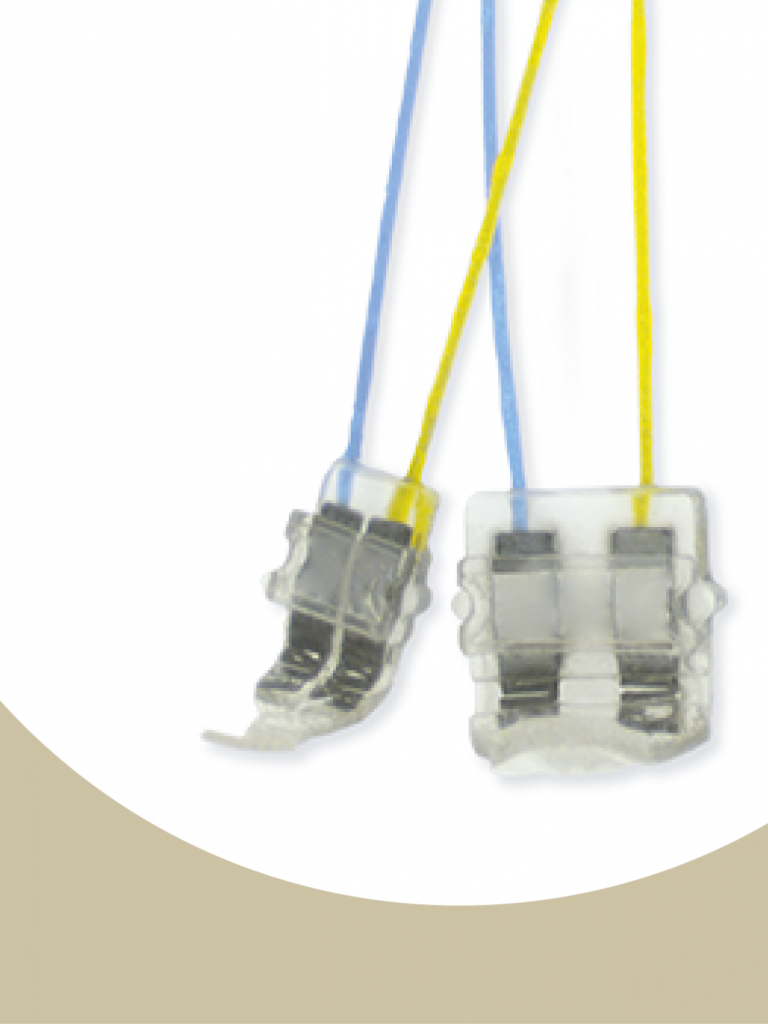It has been known for a long time that the vagus nerve can mediate anti-inflammatory responses. These reactions help lower body temperature and keep cytokine production at bay. This is why the vagus nerve is the target of many bioelectronic approaches for treating inflammatory diseases. Interestingly, however, the anti-inflammatory vagus response can also be induced by pain. How come that two so seemingly different conditions can elicit the same response? Is there anything that pain and inflammation have in common? This is the question that a team of researchers at the Feinstein Institutes for Medical Research set out to answer in a meticulous recent study.
Using, amongst a barrage of other sophisticated tools and techniques, CorTec cuff electrodes, the team was able to identify the missing link. They could pin the vagus response to pain and inflammation down to a specific pain receptor molecule, called TRPA1. A series of experiments provided the necessary chain of evidence to nail the point.
If mice were injected with the cytokine IL-1beta, mimicking an inflammation, their body temperature changes in a specific way. Genetically modified mice that lacked the TRPA1 molecule did not show this response. That provided first evidence that the TRPA1 receptor is involved in the thermoregulation part of the ant-inflammatory response. Next, the authors found that administration of the inflammation marker IL-1beta induced electrical activation of pain fibers. That activation also depended on the presence of the TRPA1 receptor. And the nervous pain signal was fed into the vagus nerve, as the recordings with the CorTec cuffs demonstrated. The afferent activation of the vagus nerve informs the brain about an inflammation, and was also found to depend on the presence of TRPA1.
Would that afferent vagus nerve activation be responsible for inducing the anti-inflammatory vagus response? One proxy for inflammation is a molecule called tumor necrosis factor (TNF). If the blood concentration of this marker goes down, this shows that the anti-inflammatory response has kicked in. Indeed, when TRPA1 was not present, the anti-inflammatory reduction of TNF did not happen in the inflammatory state. The authors concluded that TRPA1 seems to be necessary for all the individual steps along the anti-inflammatory vagus reflex chain.
But does this novel TRPA1-pathway actually make a difference in a life-threatening condition? The final experiment of the study provided a definite answer to this question. Without TRPA1, many mice were not able survive a state of sepsis. But with TRPA1, the disease symptoms were significantly improved.
In summary, this study impressively uncovered a previously unknown cascade of events that link inflammation and pain. Who would have guessed that pain sensations can be involved in beneficial, anti-inflammatory effects? Next time you suffer from a bad cold and your whole body aches, maybe it is time to consider that the pain may all serve the greater good of overcoming the disease.
Literature
Silverman, H.A., Tynan, A., Hepler, T.D. et al. Transient Receptor Potential Ankyrin-1-expressing vagus nerve fibers mediate IL-1β induced hypothermia and reflex anti-inflammatory responses. Mol Med 29, 4 (2023). https://doi.org/10.1186/s10020-022-00590-6
More details about our Cuff Electrode Technology
We are providing bidirectional interfaces to the peripheral nervous system with our cuff electrodes. No matter what diameter and which specific functionality is neede. We are helping you to determine the best cuff electrode for your individual case. From research to medical device design. Reach out to our Sales Team and get in contact!
More User Stories using our implant technology
Discover more User Stories and read about novel research approaches, new devices and awesome scientific achievements. Visit our Story section “User Stories”.
